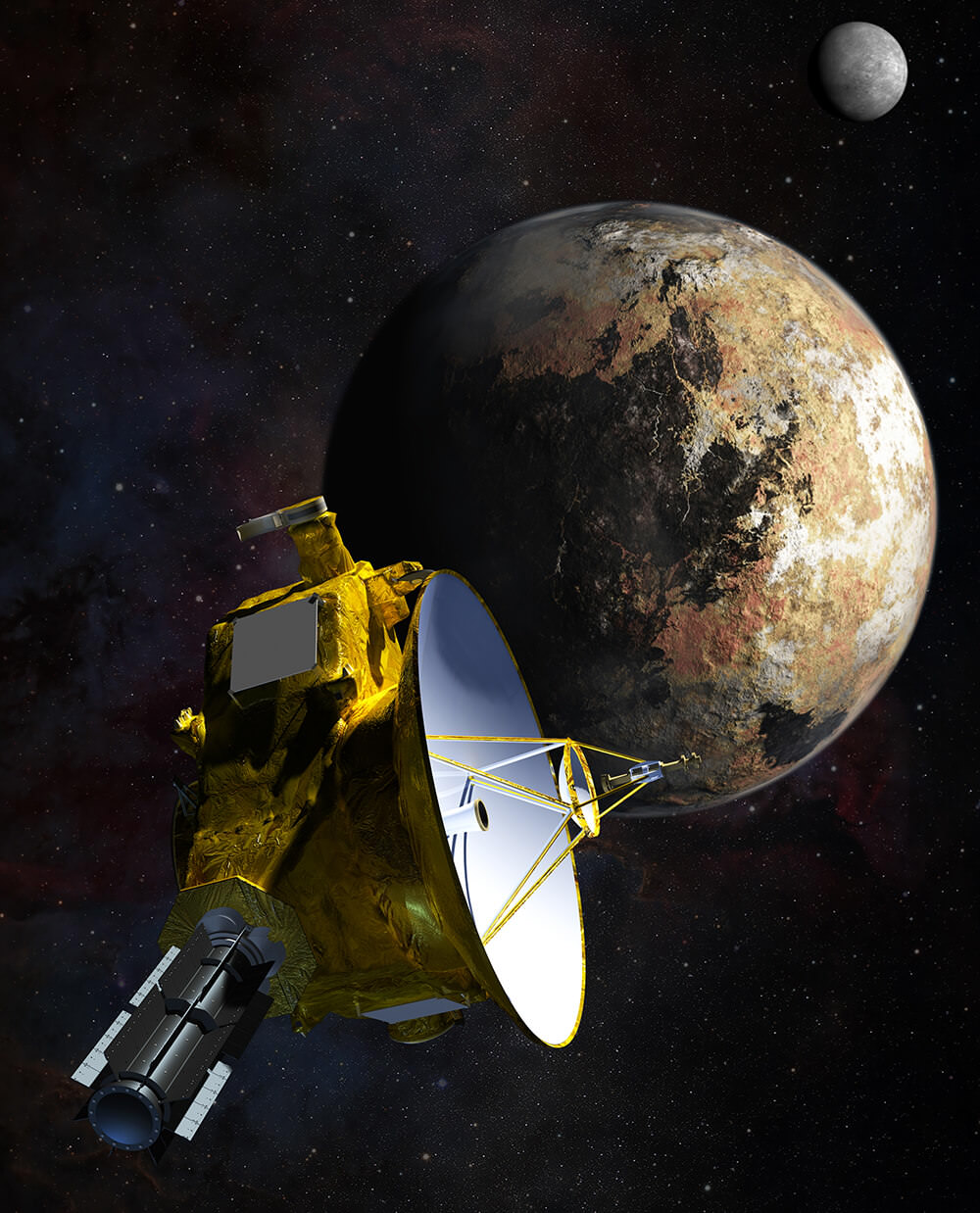 |
| Allium dinaricum Bogdanović, Anačkov, Ćato, Borovečki-Voska, Salmeri & Brullo,
in Bogdanović, Anačkov, Ćato, Borovečki-Voska, Salmeri et Brullo, 2024. |
Abstract
Allium dinaricum (Amaryllidaceae), a new species of A. sect. Codonoprasum from the NW Balkan Peninsula is described and illustrated. It is a late summer flowering geophyte occurring in several localities of Croatia, Bosnia and Herzegovina, Serbia and Montenegro, where it usually grows in rupestrian calcareous stands from the coastal to mountain belts. The morphological traits, karyology (2n = 2x = 16), leaf anatomy, seed micromorphology and ecology of the new species are provided. Possible taxonomic relationships with other species occurring mainly in the E Mediterranean are also examined.
KEYWORDS: Allium, Allium dinaricum, Allium sect. Codonoprasum, Amaryllidaceae, Balkan Peninsula, Balkans, karyology, morphology, new species, taxonomy
 |
| Allium dinaricum – A: rupestrian growth habitat; B, D: inflorescences; C: habit.
A–D: Krk Island, Surbova, 9 Sep 2023, photographs by S. Bogdanović. |
Allium dinaricum Bogdanović, Anačkov, Ćato, Borovečki-Voska, Salmeri & Brullo, sp. nov.
Holotype: Croatia, Mt Velebit, above Velike Brisnice, in calcareous rocky crevices along mountain path, …, c. 800 m, 13 Sep 2023, S. Bogdanović & V. Lopac s.n.
(ZAGR 78944!; isotypes: B!, BUNS!, CAT!, ZA!, ZAGR!).
– Allium fuscum var. gracile Anačkov, Takson. Horol. Roda Allium Srbiji: 132. 2009, nom. inval., not effectively published (Turland & al. 2018: Art. 30.9 and 32.1(a)).
Diagnosis — Allium dinaricum is similar to A. fuscum but differs from the latter in having outer bulb tunics slightly fibrous (vs coriaceous), stems often geminate (vs single), leaf cross-section semi-circular (vs flat), leaf blade narrower, with 2 prominent ribs, spathe valves usually shorter and erect (vs longer and divaricate or reflexed), inflorescence few-flowered (vs many-flowered), tepals smaller, outer stamen filaments shorter, annulus shorter, anther apex apiculate (vs rounded), and ovary smaller.
Etymology — The specific epithet refers to the Dinaric Alps, where the new species is distributed.








Leave a Comment